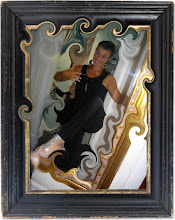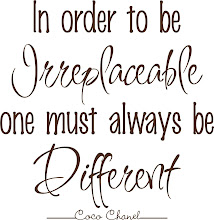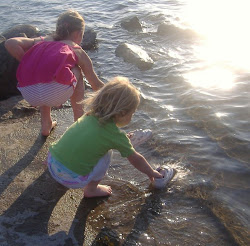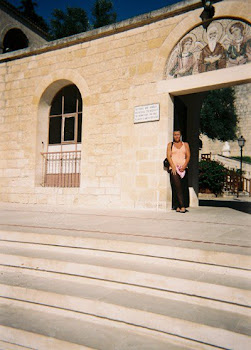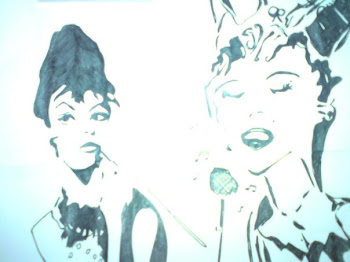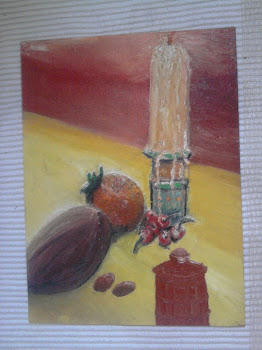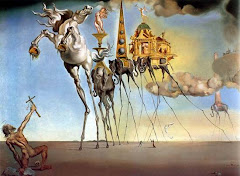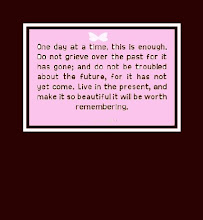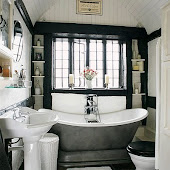 | |
1950sThe 1950s were the age of the consumer. The post-war boom brought massive changes in the home; it was out with the old and in with the new. Open-plan living was introduced, and the fitted kitchen with its brand new appliances was the housewife's domain. |
In this article

Houses were smaller than pre-war ones so furniture had to stack or be light enough to move about; trolleys, sofa beds and ironing boards are all 1950s inventions. There are several looks to choose from: the American diner look with bubblegum colours, neon and kitsch, or the designer look with furniture and textiles, which have both become design classics.
Style
- open plan
- fitted kitchens
- primary colours
- stacking furniture
- new materials - PVC, Formica, fibreglass, rubber, melamine, aluminium, vinyl, plastics
- abstract, geometric patterns
- animal prints
- America - diners, jukeboxes, huge fridges
- the 1930s and modernism
- surrealism - for example, the famous Salvador Dali 'lips' sofa
- scientific research - the structure of DNA was discovered in 1953.
- Charles and Ray Eames - husband and wife team producing sleek, leather, plywood and plastic furniture
- Robin Day - furniture
- Lucienne Day - fabrics that were originally sold in Heal's
- Arne Jacobsen - furniture such as Egg, Swan and Ant chairs
- 1951 Festival of Britain
- 1952 the first hydrogen bomb is tested by the United States
- 1953 Queen Elizabeth II's coronation
- 1955 Ruth Ellis last woman to be hanged in Britain
- 1956 Marilyn Monroe marries Arthur Miller

- Open plan - make your house as open plan as possible. If you can, knock through walls but always consult a structural engineer first to check if it's a supporting or load-bearing wall. Mezzanine levels are also typically 1950s.
- Floor - lay a chequerboard vinyl floor in black and white, red and white, or yellow and white. Use floor tiles rather than one continuous sheet because, if a section of floor gets irreparably damaged, they're far easier to replace.
- Fitted kitchen - in your fitted kitchen, choose Formica tabletops. Spray paint the doors and fittings. Some companies sell original reconditioned kitchens or sell new ones in a similar style and you can sometimes pick up cabinets in junk shops.
- Chairs - go for the diner look in the kitchen with chairs in chrome and vinyl in day-glo colours. Give a table a new lease of life with a Formica or Fablon top. Other typical 1950s furniture are basketweave chairs in a primary colour and white or 'Butterfly' chairs (a canvas sling on a metal frame).
- Fridge - a gigantic fridge is essential, especially in a bright colour. They're all over the high street or you can get original reconditioned ones.
- Appliances - fill the kitchen with big chrome appliances: blenders, toasters, and swing bins in chrome or plastic.
- Shades - choose between bright colours such as red, lime green, yellow, black, and delicious ice cream shades such as pistachio green, bubblegum pink and pale blue.
- Fireplaces - rooms generally don't have fireplaces. Abandon the dado rail, paper and cornice division of walls.
- Fabrics - are bright with abstract patterns, often with science-inspired imagery such as calyxes, starbursts, atoms etc. Or go for pretty, sprigged florals set against polka dots or stripes in sugary pinks, reds, blues and yellows. Use animal prints, especially zebra stripes and leopard spots for cushions, rugs and throws in fake fur.
- Accessories - look for accessories in black, white and red plastic coated wire, which usually have ball feet. Typical items include coat and plant stands, and magazine racks.
- Kitsch - fill the rooms with kitsch; nodding dogs, pineapple ice buckets, and flying ducks on the wall.
- Crockery - mix and match; traditional dinner sets are replaced by china in collectable individual pieces with a linked theme or colour. Tupperware is a 1950s invention.
- Pick up details - with ashtrays in the shape of artists palettes, toy Cadillacs, Roberts Radios, cocktail glasses, pictures of poodles.
- anything by Charles and Ray Eames, Robin and Lucienne Day
- Harlequin and Fiesta tableware
- ceramics by Poole pottery, Midwinter, Wade, Homemaker
- atom wall clocks
- Murano glass - especially stylised ducks with elongated necks
- Ed's Easy Diner, Kings Rd, London and branches
- The Design Museum, London
- Museum of Domestic Design & Architecture, Middlesex
- Fifties Source Book - A Visual Guide to the Style of A Decade by Christopher Pearce
- Miller's Collecting the Fifties by Madeleine Marsh (Reed International Ltd)
- Retro Home by Suzanne Trocme (Octopus)
- Retro Style by Marion Haslam (Cassell & Co)
- Modern Retro by Neil Bingham and Andrew Weaving (Rylands, Peters & Small)
- Fifties Homestyle by Mark Burns and Louis Di Bonis (Thames & Hudson)
- Fiftiestyle (Middlesex University Press)
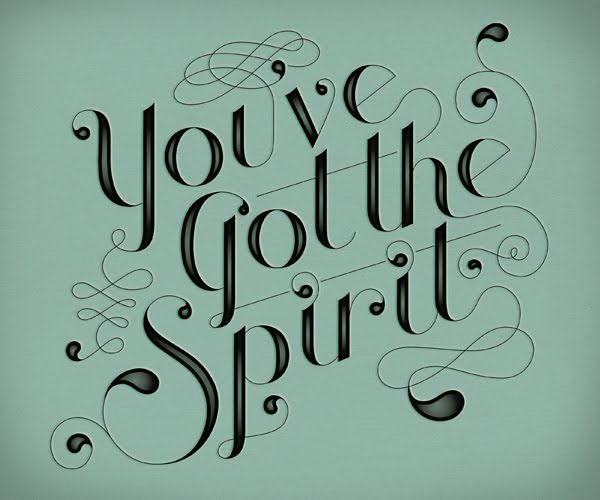


 In the home,
In the home, 










